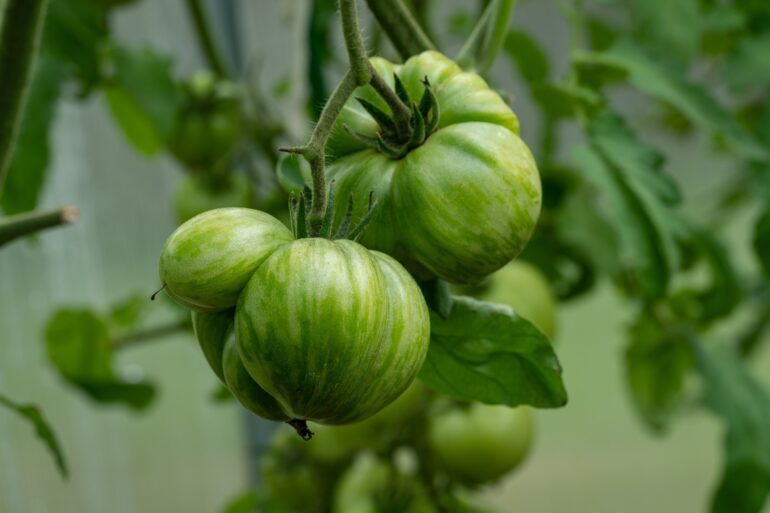TL;DR:
- Integration of AI and ML is revolutionizing urban farming.
- Urban agriculture addresses local food demand and land scarcity.
- Challenges like space constraints and weather are tackled by AI and ML.
- Precision agriculture employs AI sensors and drones for optimal crop growth.
- AI and ML automate pest detection and predict outbreaks.
- Automation of irrigation systems conserves water and enhances crop hydration.
- AI and ML reshape urban agriculture, improving efficiency and productivity.
Main AI News:
The fusion of Artificial Intelligence (AI) and Machine Learning (ML) within the realm of urban agriculture is ushering in a transformative era for food cultivation and production. This avant-garde approach is not only reshaping conventional farming methodologies but also optimizing resource utilization and augmenting crop yields, thereby forging a pathway toward a sustainable agrarian future.
Urban agriculture, a burgeoning practice in recent times, entails cultivating crops within city environs. This agricultural paradigm shift not only addresses the escalating demand for locally procured sustenance but also offers a solution to the predicament of limited arable land. Nonetheless, urban agriculture confronts its unique set of challenges, encompassing spatial limitations, capricious weather vagaries, and pest management complexities. Enter AI and ML, equipped with an array of solutions designed to surmount these impediments.
AI and ML, emblematic of the 21st century’s most cutting-edge technologies, are harnessed to amplify the efficacy and output of urban agriculture. These technological marvels possess the prowess to dissect copious volumes of data, derive insights from it, and make judicious decisions. Their capabilities span from prognosticating weather trends to monitoring crop vitality, automating irrigation setups, and even discerning pestilence and diseases. This multifaceted utility not only economizes time and labor but also mitigates the specter of crop fiascos.
A pivotal terrain where AI and ML find application in urban agriculture is precision farming. This methodology entails the deployment of AI-fueled sensors and unmanned aerial vehicles (UAVs) to amass real-time intel concerning farm conditions. This data repository encompasses metrics such as soil health indices, temperature variations, humidity levels, and luminosity levels. Subsequently, ML algorithms process this data trove to furnish insights concerning the optimal growth milieu for crops. This empowers farmers to adopt data-informed decisions regarding planting timelines, irrigation schedules, and harvest windows, thereby culminating in amplified crop yields and diminished wastage.
Another profound juncture of AI and ML integration in urban agriculture is the domain of pest and disease detection. In the erstwhile paradigm, farmers were obliged to undertake manual inspections for signs of infestation and ailment manifestations. However, AI and ML have metamorphosed this regimen into an automated procedure. AI-endowed cameras can meticulously scan crops and discern telltale signs of pest incursions and maladies. Moreover, these systems possess the acumen to prognosticate the likelihood of pest or disease outbreaks, premised on historical datasets and prevailing conditions. This affords farmers the opportunity to enact preemptive measures, thereby curbing crop depreciation and bolstering agricultural yield.
Furthermore, AI and ML can be harnessed to automate irrigation infrastructure. These sophisticated systems, adept at gauging soil moisture levels and prognosticating meteorological forecasts, can ascertain the requisite quantum of water for crops. This not only safeguards precise hydration for crops but also conserves water, a finite resource of paramount significance within urban milieus.
Conclusion:
The amalgamation of AI and ML technologies marks a watershed moment for the urban farming market. By addressing critical challenges and introducing data-driven efficiency, these advancements promise enhanced productivity and sustainability. Urban farming enterprises that embrace these technologies are poised to establish a competitive edge and contribute significantly to shaping the future of the agricultural landscape.

